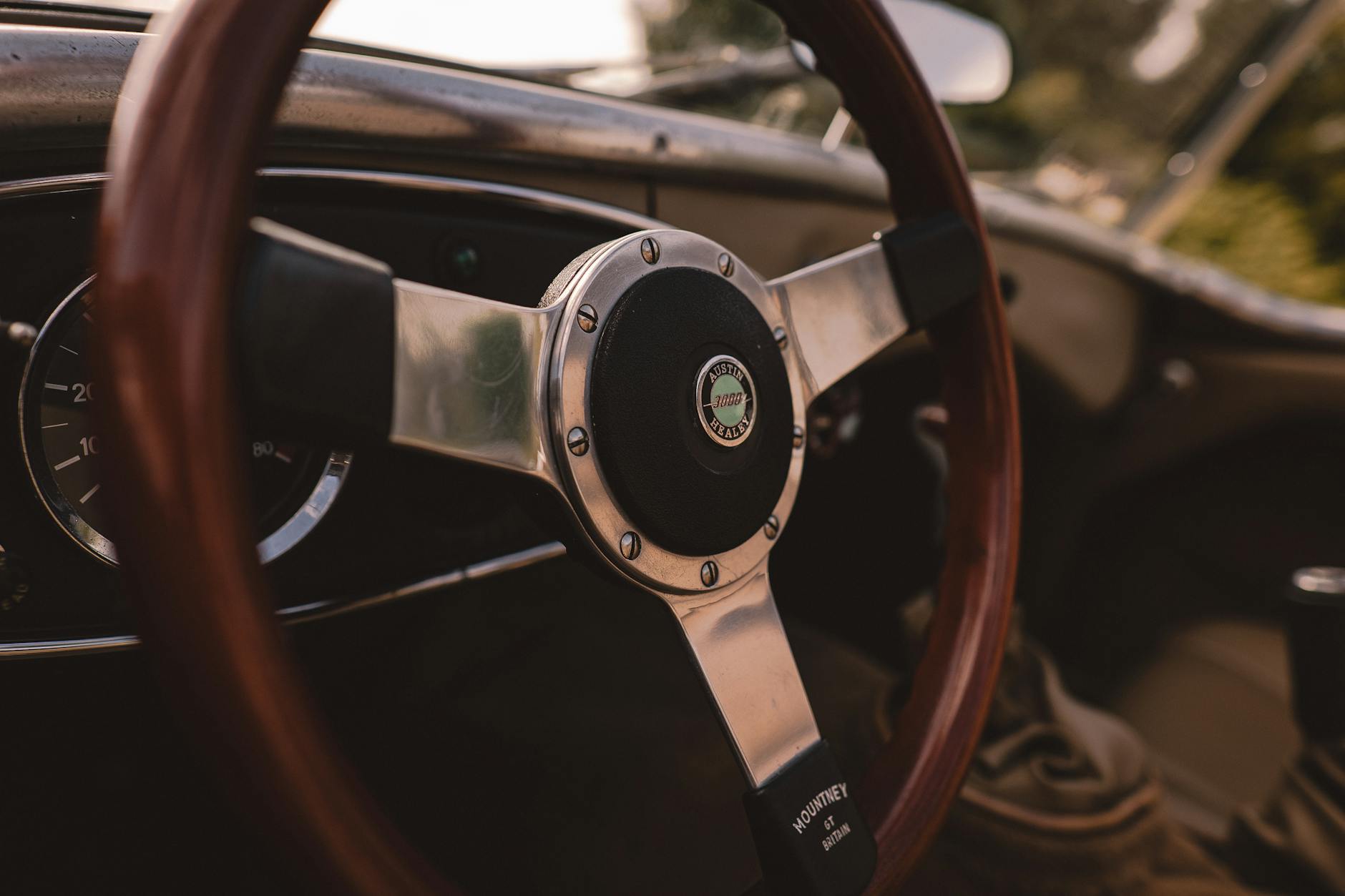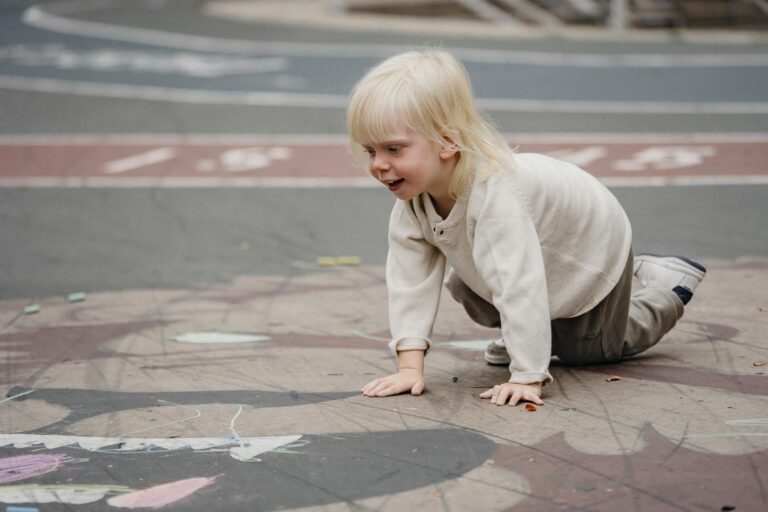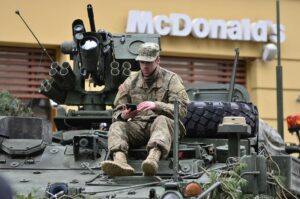Tesla’s Robotaxi Hits Austin Roads – And It’s Kind of a Big Deal
Okay, so remember all those times Elon Musk promised self-driving cars were just around the corner? Well, guess what—they’re actually here. Well, at least in Austin. And honestly? It’s wild to see sci-fi becoming reality right on our streets. But here’s the thing: is this really the future of transportation, or just another one of Musk’s over-the-top promises? Let’s break it down.
So How Does This Robotaxi Thing Actually Work?
Imagine Uber, but without the awkward small talk with your driver. Tesla’s Robotaxi runs entirely on their Full Self-Driving tech—you know, that system that’s been controversial but keeps improving. Here’s the lowdown:
- No driver needed: The car handles everything. Lane changes, traffic lights, even those unpredictable pedestrians—it’s all on the AI now.
- Eyes everywhere: Uses Tesla’s camera system (they call it Tesla Vision) to see the road. Kind of like how you use your mirrors, but with way more angles.
- Summon it like takeout: Just open the app, hit the Robotaxi button, and boom—your ride’s on the way. Almost too easy, right?
Why Austin? Here’s the Real Reason
It’s not just because Tesla moved their HQ there. Austin’s actually the perfect testing ground because:
- Texas doesn’t overregulate: Unlike some states, they’re pretty chill about letting companies test new tech on public roads.
- The Gigafactory’s right there: When something goes wrong—and let’s be real, something always does—they can fix it fast.
Right now it’s just running limited routes (mostly downtown to the airport), but word is they’re eyeing Miami and Vegas next. Typical Musk—start small, then go big fast.
Elon’s Big Dream: Your Car Makes Money While You Sleep
This is where it gets interesting. Musk isn’t just building taxis—he’s building a whole new way to think about cars. His vision?
- Safer roads: “Humans are the problem,” he says. And honestly, after seeing how some people drive, he might have a point.
- Your car earns its keep: Imagine sending your Tesla out to work as a Robotaxi while you’re at your day job. Sounds crazy, but it could actually happen.
Of course, not everyone’s convinced. California’s still saying no way, and let’s not forget about those high-profile crashes that made headlines. But hey, progress is messy, right?
Using It Is Stupid Simple (Here’s How)
If you can order food on your phone, you can use this:
- Make sure your Tesla app is updated
- Tap the new Robotaxi option
- Pick your spot and wait—your ride shows up in minutes
Inside the car: They’ve got screens for Netflix, mood lighting, even fingerprint scanners to keep random people from taking your car for a joyride. Fancy stuff.
How It Stacks Up Against the Competition
Let’s be real—Tesla’s not the only player in this game. Here’s how they compare:
| Company | Where They Operate | Biggest Advantage |
|---|---|---|
| Tesla | Austin (for now) | They’ve already got millions of cars on the road |
| Waymo | Phoenix, San Francisco | More real-world testing miles |
| Cruise | San Francisco | Backed by GM’s manufacturing power |
Tesla’s secret weapon? Their cars get smarter overnight with software updates—no need to bring them into a shop.
What’s Next? Buckle Up
Musk being Musk, the plans are… ambitious:
- By 2026: 10+ U.S. cities, maybe even some in Europe
- By 2030: “Millions” of Robotaxis worldwide
If this takes off, it could change everything. Why own a car that sits parked 95% of the time when you can summon one whenever you need it?
Final Thoughts
Look, I’m excited but also a little nervous about this whole thing. It’s either going to revolutionize transportation or become another tech bubble. Either way, Austin’s about to become the most interesting city for transportation nerds. Would I ride in one? Probably—but I’d keep my hand near the emergency stop button, just in case.
Want to Learn More?
- Tesla’s official page (with all the shiny marketing)
- Watch actual people try it (some hilarious reactions)
Source: Financial Times – Companies










